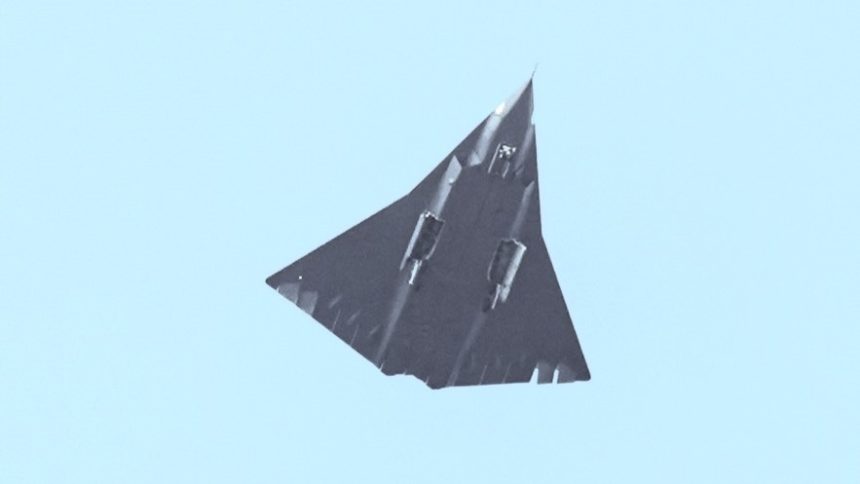SOURCE: IDRW.ORG

In recent months, reports of China’s development of a 6th-generation fighter jet have raised concerns among defence analysts and military experts, especially in countries like India. However, according to a senior official of the Indian Air Force (IAF) speaking to idrw.org, these concerns might be premature, given that China’s touted 6th-gen aircraft is still powered by the WS-10C engine, a 4th-generation jet engine. While China’s ambitious plans to develop next-generation fighter jets are undeniably significant, the reliance on an older engine technology for their 6th-gen fighter represents a crucial technological gap that the IAF can take advantage of.
The WS-10C engine, which powers China’s current 5th-generation fighters such as the J-20 and is expected to feature in their 6th-gen fighter jet, is a 4th-generation engine. This means that despite the advanced airframe and futuristic features expected from China’s 6th-gen fighter, it is still limited by the performance constraints of its engine. The WS-10C is an improved version of earlier Chinese engines, and while it has been crucial in enhancing the performance of China’s existing fleet, it does not meet the high-performance standards required for a true 6th-generation fighter. This gap in engine technology could hinder the aircraft’s ability to deliver on the promises of next-generation capabilities, including supercruise, hypersonic speeds, and sustained high-speed flight—all of which are essential features for future air superiority.
The IAF official pointed out that while the WS-10C engine might be a temporary or transitional solution, it is not expected to offer the full potential of the advanced powerplants that will be required to make a 6th-gen fighter truly competitive. China is likely working on developing more advanced engines, such as the WS-15, which could provide the necessary thrust, efficiency, and high-speed stability for its next-gen aircraft. However, until this more advanced engine is ready, the 6th-gen fighter will likely not operate at the level of performance expected from 6th-gen standards.
Despite the temporary nature of China’s 6th-gen fighter jet engine, India should still focus on fast-tracking its own 6th-generation fighter jet program. With China expected to move towards full production of its 6th-gen aircraft by around 2035, India must develop a competitive platform that can counteract the potential threats posed by China’s future advancements.
To ensure that India is on par with China in terms of aerial superiority by 2035, the IAF and Indian Defence Research and Development Organisation (DRDO) should prioritize collaborations with foreign Original Equipment Manufacturers (OEMs). Partnering with global leaders in aerospace technology will not only accelerate the development of India’s 6th-gen fighter jet but also provide access to cutting-edge engine technology, avionics, and stealth capabilities. The success of collaborations with foreign firms could reduce the development time and enable India to create a fighter that can match the capabilities of China’s 6th-gen aircraft when it enters production.
India’s AMCA (Advanced Medium Combat Aircraft) program, which is already in its conceptual phase, is a crucial step toward achieving 6th-generation capabilities. The AMCA is expected to integrate features like stealth design, advanced sensors, autonomous operations, and next-gen engine technology. However, if India hopes to achieve parity with China by 2035, it must push ahead with its development timelines and explore partnerships that could speed up the process.
NOTE : Article cannot be reproduced without written permission of idrw.org in any form even for YouTube Videos to avoid Copy right strikes. Websites doing illegal reproductions will get DMCA and Legal Notices.